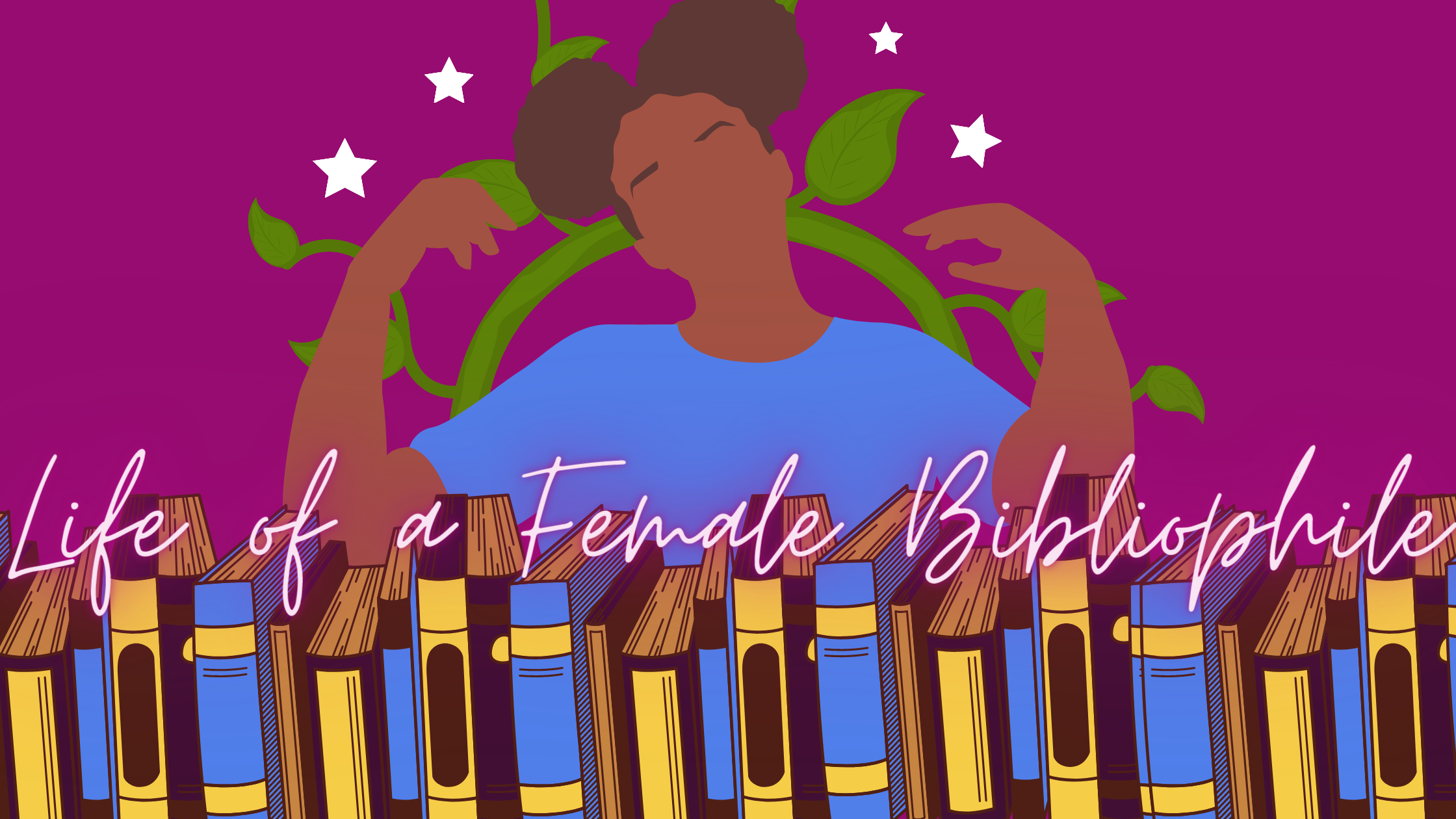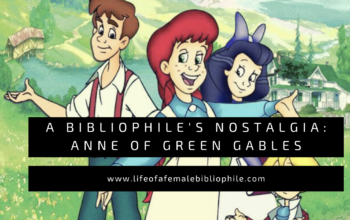Guest Post: “Everything I Learned About Zombies” by Keith Wayne Williams
ISBN: 978-0990853305
Publisher: Mott Haven Books
Pages: 300
Publication Date: October 2, 2014
Genre(s): Horror, Hispanic, African-American
Purchase Links: Barnes & Noble | Goodreads |Kobo | Amazon
Synopsis:
Even before the apocalypse, nine-year-old Letitia Johnson’s life had never been simple. Shuttled from foster home to foster home in the impoverished neighborhood of Mott Haven, it was all she could do to keep track of her little sister. When the apocalypse came, she tried to keep her sister’s kindergarten safe by locking them all in a tiny school bathroom, hiding while they waited for a rescue that never came. For five days, they hid. They hid while their teachers were being eaten, while their classmates were being killed. They hid while the Bronx was being evacuated. Now, there’s no one left to help them. There’s no place left to hide. It’s just her, one ax, twelve kindergarteners, twelve garden stakes, and a will to live. While the cast of this novel is primarily children, the book is intended for adults and contains material unsuitable for younger readers.
On Little Black Girls, Zombies, and Dialect
Note: This blog post originally appeared at Black Girl Nerds. This version has been slightly revised by the author.
In late 2012, I sat down at my computer and began typing, the same way I do whenever I write: the words come out, then I sit back and read them and figure out where I should go from there. I had just been watching one of the first season episodes of The Walking Dead and expressing disgust at how incredibly pale and heavily-armed their version of Georgia was. On any trip I’ve made to Georgia, about a third of the people I met were black, and only a tiny percentage ran around with double-barreled shotguns or crossbows.
I had also been annoyed by how Carl was more a disposable prop than a character. At that time, Where’s Carl? had become a drinking game because that was his only purpose in the story. When something bad happened, he’d be lost and Lori would have to shout “Where’s Carl?” In later seasons, The Walking Dead has become better about its racial demographic, but it has still failed to understand even the basics of children as characters. They are all still props that do nothing but get lost or endangered.
Getting back to that day in 2012, the story I began to write was the story of a little black girl trying to save her little sister’s kindergarten class from the zombie apocalypse. When I sat back to read my first chapter, the first thing I knew I had to flesh out was the school. The first words that had left my fingers were “The Fall of PS43.” I didn’t know exactly where PS43 was, or what kind of demographics it might have, or anything at all about it. Forty-three just had a nice sound to it. Turning on my Google-fu, I narrowed the selection of all the possible PS43’s in the world down to one: PS 43 Jonas Bronck Elementary in Mott Haven.
Now I had a setting, but as an old white man that has spent the bulk of his life in the southwestern United States, I have to admit that it was a terrifying setting. 60% of the students identified as Hispanic, 40% identified as black, and 99.9% were so poor they qualified for school lunches. At the kindergarten level over half of the students do not have a functional grasp of English. I took a deep breath and plunged in. I did have some background for this after all: five years on the island of Bonaire, where I was a distinctly pale (or pink, if I had forgotten my sunscreen) minority group member, and part of my time was spent struggling in Spanish and Papiamentu with people that I always suspected laughed at me as soon as I was out of earshot.
It was research time again: my young children needed names and backgrounds. The sisters, Letitia and Jahayra Johnson became Trini-Jamaican mixes, a choice driven by my greater exposure to and familiarity with Caribbean islanders. The remaining students all got name changes. Suzie, Aimee, and Caitlyn were erased, Johnny and Billy were deleted. In their place came a new rack of children, with names selected from the appropriate census records: Tiara, Kiara, Jada, Trevon, and Malik represented urban black children, Rosarita, Jose, Jorge, and Diego represented the Puerto Ricans, leaving Lucia and Maria to represent the Dominicans.
I turned out to be somewhat of a wimp when it came to writing dialog for urban black children. My first draft of the book had the Hispanic children speaking Spanglish, but the others all sounded like middle-aged white men. My trial readers came back with universal disdain: they hated the sections of the book where Letitia spoke because it just didn’t work. Letitia would speak, and they would hear me.
So it was time for more research into that dreaded field of Ebonics, an area that raised so many racism alerts inside my head that I nearly set the book aside as a work that would remain forever incomplete. Still, I plunged ahead. Geoffrey K. Pullum’s AAVE Is Not Standard English with Mistakes quickly taught me that I could at least call it African-American Vernacular English (AAVE) now which made me feel a little better. As I read, I became more comfortable. In many ways, this wasn’t much different from the casual English that I had dealt with during my short period in Alabama or from some of my southern relatives. Still, some constructs, (especially the dreaded, post-immediate tense documented by Joan G. Fickett’s Tense and aspect in Black English, Journal of English Linguistics) just wouldn’t flow. I couldn’t bring myself to write dialogue like, “I’m a-gonna stab that zombie” intermixed with “Ay, no. I no can do that. Es imposible.” Specters of accidentally writing Stepin Fetchit meets Speedy Gonzales haunted me.
As an aside, while I lived on Bonaire, I was surprised to see that Speedy Gonzales was the most popular Warner Brothers cartoon on both Venezuelan and Colombian television. I talked with my mostly-Colombian staff about it, and they couldn’t see the problem with its portrayal of Mexicans as lazy and stupid. Apparently, many Colombians and Venezuelans hold similar opinions about Mexicans, and they were surprised that I considered Colombians and Mexicans to have anything in common. It was a valuable lesson in perspective.
As an author, I came to realize that what I was looking for was not some technically exact form of “black speech” for the simple reason that there is no such thing. Just as my wife and I speak quite differently, despite both being transplanted white Midwesterners, there’s no homogenous black speech that I needed to learn. What I needed was dialect that readers, white, black, and Hispanic, could read and accept as having come out of the mouths of five-, six-, and nine-year-old black and Hispanic children. In the end, I shot for a happy medium. Letitia and Jahayra, with an island background, speak a little differently than the others, using “goin’ to” where the others would say “gonna”, using “be” in places where the “standard” AAVE prescribes dropping the form of “to be” entirely. I went through the dialog with a fine-tooth comb, rigorously applying Pullum’s rules. Then I read over it again and tried to find equivalent sentences from The Wire, a work which had accomplished its goal of communicating to both black and white audiences, modifying things when I became convinced I had made a mistake.
This seemed to work and I’ve gotten substantial positive feedback from black readers. At first, it was anonymous, with me assuming that any reviewer that also reviews Natural Beauty, a fictionalized hair-care guide for the modern black woman probably is a modern black woman, and the e-mail I received from someone saying she went to PS43 as a child is genuine.
In the months since initial publication, however, it’s become more apparent that I hit my target: in June 2015, the book was the monthly selection of the “Blerd Book Club”, a book club composed primarily of self-described black nerds. I’ve received a positive review from the African-American Literary Book Club, and Foreword Reviews even gave the book an Honorable Mention in the competition for Multicultural Adult Novel of the Year. No one objects to the dialogue anymore except people that think I should have written about white teenagers from the suburbs, because “that’s what sells.” There are days that my wallet wishes I had listened to them, but artistically, I’m still happy that I didn’t.
Everything I Know About Zombies, I Learned in Kindergarten, available now at www.motthavenbooks.com, should give you disturbing dreams about being a young black girl that keeps trying to win no matter how many times she loses. Me, I will probably continue to have disturbing dreams about Stepin Fetchit and Speedy Gonzales.
About The Author
Kevin Wayne Williams has been an engineer for much of his life, beginning with GTE in 1980. He rose through the ranks and eventually became an executive in Silicon Valley. In 2004, tired of it all, he fled the country with his wife, Kathy. They opened a hotel on Bonaire, a small Dutch island north of Venezuela. In 2009, for reasons he still doesn’t quite understand, they returned to the United States.
He has since resumed his engineering career, but writes novels to help dull the pain.
Connect with Williams on his Website, Blog, Facebook, Twitter, and Goodreads page!








